Tom has played Lords of Waterdeep over 20 times—but what does he really think of the game? Read on to find out!
Waterdeep. City of Splendor, Crown of the North. This fabled city, the most important city of all of Faerûn, is home to the finest artists and scholars in the land—as well as some of the fiercest Fighters, slyest Rogues, craftiest Mages, and most devious Clerics. It’s the setting of countless D&D campaigns, and one just begging for a great board game.
Does Lords of Waterdeep deliver?
Set Up
Players start by choosing a color and taking a set number of meeples, referred to as Agents in the rule book, of that color based on player count. Place one additional Agent in the space under the marker for Round 5, keeping the others. Place the matching player mat in front of you and set your scoring marker at Zero on the scoring track.
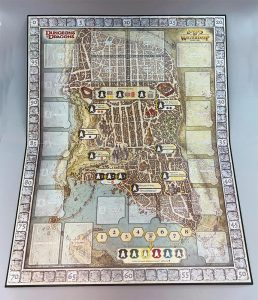
Place the Adventurers, represented by standard eurocubes, (orange for Fighters, black for Rogues, white for Clerics, purple for Mages) within easy reach of all players.
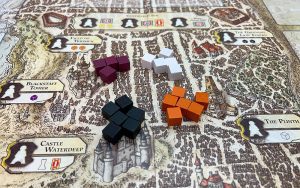
Shuffle the square Building tiles and place them face down on the board next to Builder’s Hall. Draw three and set them face up in the available spaces.
Set the two types of coins within easy reach, or assign a banker.
Shuffle the Quest cards and deal two of each to each player face down. Then place the top four Quest cards face up in the designated area. Place the rest of the Quest cards face down in their spot on the board. Shuffle the Intrigue cards and deal two to each player, setting the remaining deck in its designated area on the board.
Then shuffle the deck of Lord cards and give each player one card. This is the Lord of Waterdeep you’ll be playing in the game. A Lord typically gains bonuses by completing certain types of Quest cards—Arcana, Commerce, Piety, Skullduggery, and/or Warfare.
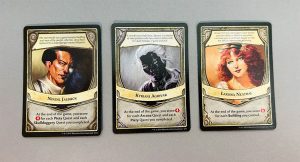
How to Play
Lords of Waterdeep is played over eight rounds. In each round, you’ll place your Agents in the various buildings on the board to recruit the Adventurers needed to complete Quests. Completing Quests will score you the points necessary to win the game.
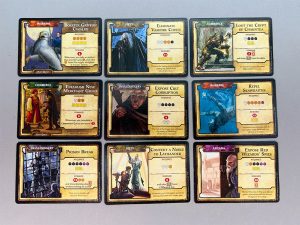
For the most part, only one Agent can recruit in a building per round. That makes planning out where to place your Agents essential, especially since your opponents are after the same recruits.
The Buildings on the board are:
- Aurora’s Realms Shop, where you can claim four gold coins.
- Blackstaff Tower, where a single Wizard can be recruited.
- Builder’s Hall, where you can purchase a new building and add it to the board. Purchasing a building gains you a few victory points and some type of building-related bonus any time another player places an Agent in your building, an aspect of the game which landed Lords of Waterdeep on one rung of our very first Board Game Step Ladder series.
- Castle Waterdeep, where you claim the First Player token as well as an Intrigue card.
- Cliffwatch Inn, where new Quests are on offer. There are three spots available to claim a new Quest. One gives you two gold coins, another allows you to draw an Intrigue card from the deck, while the third allows you to discard all four Quest cards currently available and replace them with four new Quests before selecting one to take.
- Field of Triumph, where you can recruit two Fighters.
- The Grinning Lion Tavern, where you can recruit two Rogues.
- The Plinth, where you can recruit a single Cleric.
- Waterdeep Harbor, where you can play an Intrigue card. Agents placed in Waterdeep Harbor are moved to another, available building before the end of the round.
During your turn you can either assign an Agent or complete a Quest, or both.
As Quests are completed, players move their scoring marker along the track that borders the game board and collect any additional bonuses listed.
At the end of each round, Agents go back to their respective players and the next round starts.
While much of the game revolves around the acquiring and completing of Quest cards, Intrigue cards shouldn’t be discounted. Some grant you money or recruits, while others allow you to steal recruits from other players.
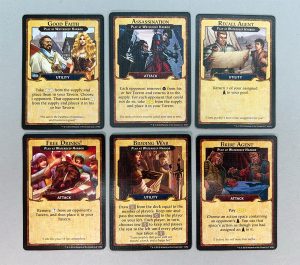
There’s also a special type of Intrigue card called a Mandatory Quest. Once played on another player, that player cannot complete another quest until that Mandatory Quest has been completed. And unlike standard Quests, Mandatory Quests offer very little reward for completion.
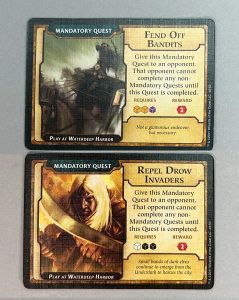
At the start of Round Five, players may claim the Agent waiting at the turn marker. That additional Agent may be used for the remainder of the game.
Players continue in this manner for eight rounds. After the eighth round, players reveal their Lord cards and add any points granted by their Lord to their score. The player with the highest score wins.
Thoughts
Let’s address my biggest issue with Lords of Waterdeep first: this is not a D&D game. In fact, the D&D aspect to this game is a very, very thin veneer pasted onto an otherwise fairly generic worker placement game with watered-down glue. As my title for this review states, players aren’t even taking on the roles of Adventurers—you’re playing as headhunters working for a recruitment firm trying to hire Adventurers.
By misrepresenting itself as a D&D game, publisher Wizards of the Coast and Hasbro do a disservice to Dungeons & Dragons and gamers alike.
My second issue with the game has to do with the cover art. Have you seen the artwork on recent D&D book covers? Amazing. The artwork for the cover of Lords of Waterdeep? It looks amateurish at best even compared to the 3rd Edition books released back in 2000.
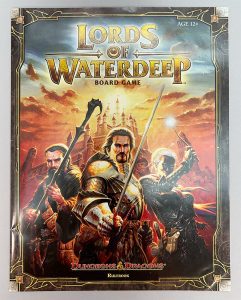
Luckily, the artwork on the cards is considerably better.
Now that that’s out of the way, how is Lords of Waterdeep as a standard worker placement game?
Pretty good, actually. The competition for scarce resources keeps each round tight. Priorities need to be established, along with second (and third and fourth) choices. You’ll also need to balance the type of Quests you want to score with how difficult they are to complete. (Quests that require multiple Clerics and Mages are far harder to complete, but reward you with more points.)
I bought this game because I thought my gaming group would enjoy it, and we have. It’s remained in our regular rotation of games for about five years, which is saying something.
As a result, one of the first things I 3D printed was a series of replacement meeple for the devoid of D&D character eurocubes. You can read more about my 3D printing for games here.
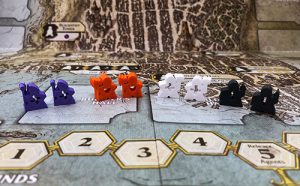
I do need to mention two things about the outside and inside of the box itself. The lid is about half the depth of the bottom of the box. This means you cannot store Lords of Waterdeep on its side without the contents spilling out. You’ll need to sandwich it tightly between several other games to keep the lid from falling off.
On the other hand, the insert for Lords of Waterdeep is a work of art. There are molded sections for each color of meeples and your scoring tokens. Coins have their own area, as do the colored eurocubes. Card deck areas are angled so you can press down on one side and they lift up for easy retrieval.
Whenever I see a horrible box insert (Splendor always comes to mind), I use the Lords of Waterdeep insert as proof that the publishing companies can design good inserts.
In fact, I almost regret throwing it away so I could fit the Scoundrels of Skullport expansion in the same box.
Intrigued? Why not follow this up by reading my review of the Scoundrels of Skullport!


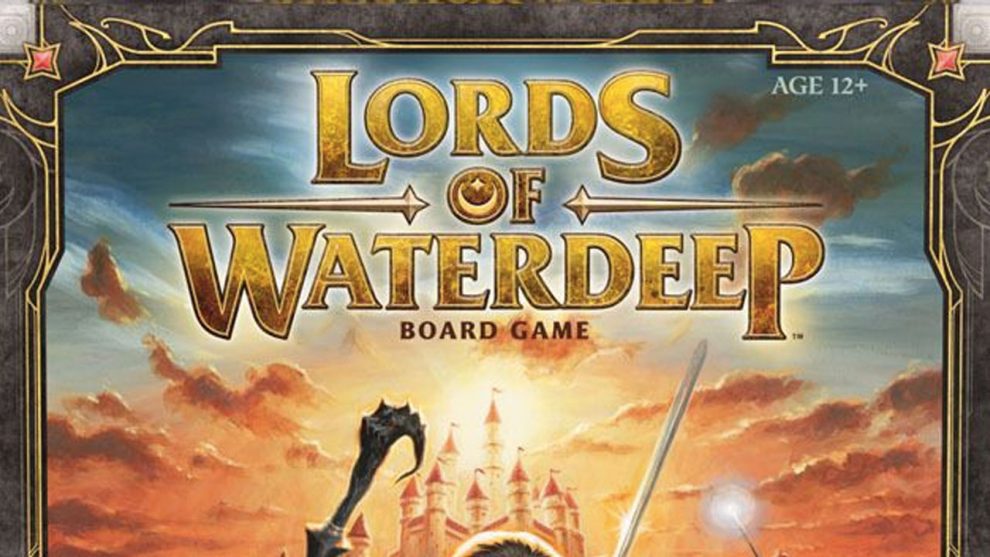




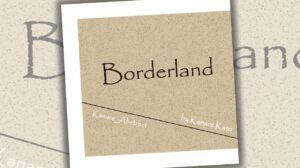




Add Comment